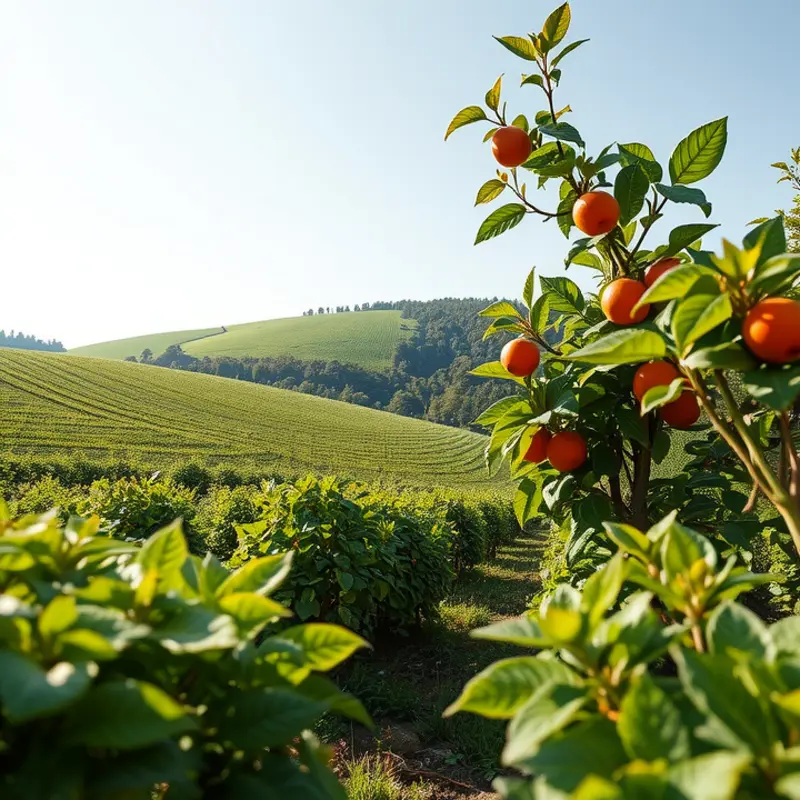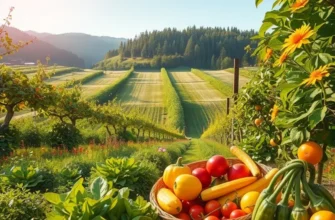Exploring eco-friendly food wraps offers a smart way to store food without the guilt of single-use plastics. These sustainable alternatives not only reduce waste but also help keep food fresh longer. By incorporating eco-friendly food wraps into daily food management practices, you can contribute to a healthier planet while enjoying practical and effective storage solutions.
Understanding Eco-Friendly Food Wraps

Eco-friendly food wraps are a sustainable alternative to conventional plastic wraps. They offer a more environmentally responsible way to store food, reducing our carbon footprint and helping manage waste more effectively. Unlike traditional plastic wraps, which are not biodegradable, eco-friendly wraps are made from natural materials.
These wraps commonly use elements such as organic cotton, beeswax, tree resin, and jojoba oil. The beeswax and jojoba oil impart a naturally clingy texture, enabling the wraps to securely cover and preserve food items. The cotton offers a flexible base that can be molded around various containers.
The benefits of using eco-friendly food wraps extend beyond just sustainability. Reusability is a key feature; these wraps can be used multiple times. Simply wash them with cold water and mild soap after each use, allowing them to dry before storing or reusing. This longevity not only saves money over time but also reduces the amount of waste generated from single-use plastics.
Biodegradability is another advantage. At the end of their life cycle, eco-friendly wraps can break down naturally without harming the environment. Unlike plastic wraps that can take hundreds of years to decompose, these eco-friendly alternatives will degrade within a year under the right conditions.
Furthermore, these wraps excel at food preservation. The breathable yet moisture-sealing properties help keep produce fresh for longer. They create an optimal environment for food by locking in moisture while preventing excessive air exposure.
The environmental impact of plastic waste is profound. Millions of tons of plastic end up in landfills and oceans every year, harming wildlife and ecosystems. By switching to eco-friendly food wraps, consumers contribute to reducing plastic pollution. It’s a small change with a significant impact on sustainable living.
For more sustainable kitchen storage ideas, explore eco-smart kitchen storage. Taking such steps helps ensure a healthier planet for future generations.
In conclusion, understanding the materials and benefits of eco-friendly food wraps can encourage a shift towards more sustainable food storage practices. By choosing products that align with eco-conscious values, individuals can contribute significantly to minimizing environmental impact.
Practical Tips for Using Eco-Friendly Food Wraps

Eco-friendly food wraps are versatile tools in modern kitchens, ideal for managing food storage sustainably. These wraps, typically made from materials like beeswax, silicone, or plant-based fabrics, provide an excellent alternative to plastic wraps. Here’s how to use them effectively for different food items, maintain them, and integrate them into your daily routine.
When wrapping fruits and vegetables, ensure they are dry. Moisture can compromise the wrap’s effectiveness. For cut fruits like apples or melons, press the wrap snugly over the surface to limit air and moisture exposure, preserving freshness. For leafy greens, form a pouch with the wrap and place the greens inside, sealing tightly to maintain crispness. Organically shaped wraps can easily conform to irregular shapes, making them ideal for this purpose.
Sandwiches are another common use for these wraps. Wrap tightly enough to contain fillings but gently enough to avoid squishing the bread. Use a concertina fold for one end to eat on the go without removing the entire wrap. This method keeps the sandwich intact and prevents any mess. For cheese, which benefits from slight airflow to prevent molding, lightly wrap the cheese block. This allows the cheese to breathe, extending its life and maintaining flavor.
Caring for your eco-friendly wraps is crucial for longevity. Typically, these wraps need a gentle wash in cool water with mild dish soap. Avoid hot water, as it can degrade natural wax coatings. Allow them to air dry thoroughly before storing them flat or rolled up. Occasionally, if a wrap loses its stickiness, you can refresh it by using a warm oven or an iron; place it between sheets of parchment paper and apply gentle heat for a few minutes to redistribute the wax.
Integrating eco-friendly wraps into meal prep and leftover management optimizes your kitchen routine. During meal prep, pre-cut vegetables and herbs can be wrapped and kept ready for quick access in the fridge, reducing waste and streamlining dinner preparation. Also, when planning meals in advance, wraps can segment ingredients efficiently, offering ease of use while ensuring freshness.
Suddenly, reducing plastic isn’t just about wrapping sandwiches—it’s a comprehensive approach to sustainable food storage. Discover more strategies to create an eco-smart kitchen, enhancing both environmental and personal well-being. Embracing these techniques is a step forward in living mindfully and responsibly for the benefit of the planet.
Final words
Switching to eco-friendly food wraps is a simple yet impactful way to reduce your environmental footprint while improving how you store food. By understanding the benefits and applying practical tips for usage, you can enhance your food management practices at home. Embrace these sustainable alternatives and take part in protecting the environment, knowing that even small changes can lead to significant improvements in waste reduction and freshness of food.







